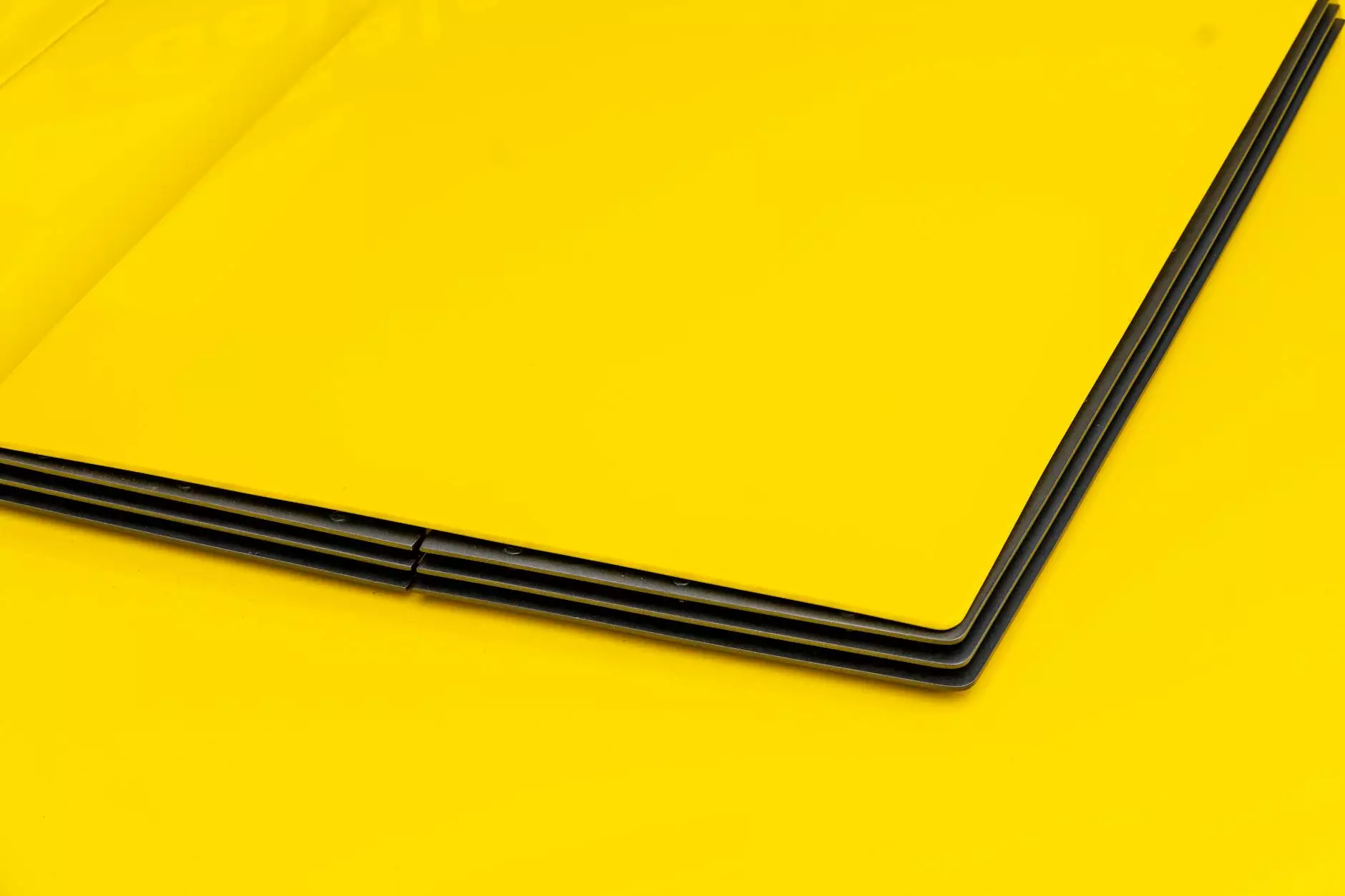The Crucial Role of the Timing Belt in Your Ford Fiesta

The Ford Fiesta is renowned for its compact design, fuel efficiency, and exhilarating driving experience. However, like any vehicle, it requires regular maintenance to ensure longevity and optimal performance. A fundamental component of this maintenance is understanding the timing belt's role and the importance of its timely replacement. In this article, we delve deeply into the specifics of the Ford Fiesta timing belt, its function, signs of wear, and how to choose the best replacement.
What is a Timing Belt?
The timing belt is a critical component that synchronizes the rotation of the crankshaft and camshaft in your vehicle's engine. This synchronization is vital for the engine to function efficiently. When the timing belt is in good condition, it maintains the timing of the engine's valves and ensures they open and close at the appropriate times. This precision keeps your engine performing smoothly and reduces the risk of catastrophic failures.
Why is the Timing Belt Important for Your Ford Fiesta?
The timing belt plays a vital role in the overall functionality of your Ford Fiesta’s engine. Here are some key reasons why it is crucial:
- Engine Synchronization: The timing belt ensures that the engine's moving parts work harmoniously.
- Performance Optimization: A well-maintained timing belt enhances engine performance and fuel efficiency.
- Prevention of Engine Damage: A worn or broken timing belt can lead to severe engine damage, including bent valves and piston damage.
- Cost Efficiency: Regular timing belt replacement can prevent costly repairs down the line.
When Should You Replace Your Ford Fiesta Timing Belt?
Knowing when to replace your timing belt is essential for the health of your vehicle. Generally, Ford recommends replacing the timing belt every 60,000 to 100,000 miles, but this can vary based on driving conditions and engine type. Here are some indicators that it might be time for a replacement:
- Visible Wear: Inspecting the belt for cracks, fraying, or glazing is a good practice.
- Engine Noises: Unusual noises such as ticking or a whirring sound may indicate timing belt issues.
- Engine Performance Issues: If you notice a decrease in performance, it might be linked to a failing timing belt.
- Warning Lights: Dashboard indicators can sometimes point towards timing issues.
How to Replace the Ford Fiesta Timing Belt
Replacing the timing belt in a Ford Fiesta is a task that requires mechanical knowledge and precision. Here’s a step-by-step guide to help you through the process:
Necessary Tools and Parts
- New Timing Belt: Be sure to buy a belt that meets OEM specifications.
- Timing Belt Tensioner: A new tensioner is often recommended with a belt change.
- Socket Set and Wrenches: Tools for removing engine components.
- Torque Wrench: For ensuring proper tensions.
- Jack and Stands: To safely lift the vehicle.
Step-By-Step Process
- Preparation: Park the vehicle on a level surface, engage the parking brake, and disconnect the battery.
- Remove Engine Covers: Take off any plastic or metal engine covers obstructing access to the timing belt.
- Access the Timing Belt: Depending on your engine’s design, you might need to remove other components like the serpentine belt and crankshaft pulley.
- Install the New Timing Belt: Align the new belt according to the timing marks on the camshaft and crankshaft, ensuring it is fitted correctly.
- Reassemble: Reverse the disassembly steps, and reattach all components securely.
- Test the Engine: Reconnect the battery, start the engine, and listen for unusual noises.
Finding Quality Parts for Your Ford Fiesta
When it comes to replacing your Ford Fiesta timing belt, sourcing high-quality parts is essential. Here are some tips for finding the best parts:
- OEM vs. Aftermarket: Original Equipment Manufacturer (OEM) parts are often more reliable, while quality aftermarket parts can offer comparable performance.
- Read Reviews: Checking customer reviews and ratings can give insights into the quality of the part.
- Compare Prices: Don’t settle for the first offer; compare prices from different suppliers to find the best deals.
- Consider Local Reputable Suppliers: Buying from local auto parts stores can offer the added benefit of immediate assistance and support.
Maintenance Tips for Your Ford Fiesta Timing Belt
To prolong the life of your timing belt and ensure it functions properly, here are some essential maintenance tips:
- Regular Inspections: Schedule routine checks during oil changes or service visits.
- Immediate Repairs: Address any signs of wear or unusual noises promptly.
- Correct Tension: Ensure that the timing belt is properly tensioned to prevent slippage.
- Complementary Replacements: Consider replacing the water pump and tensioner while you are changing the belt, as they often go hand-in-hand.
Conclusion
Understanding the Ford Fiesta timing belt is crucial for any owner committed to ensuring their vehicle runs smoothly and efficiently. Regular maintenance, timely replacements, and sourcing quality parts are vital steps in prolonging the life of your vehicle. By following the guidelines outlined in this article, you can protect your investment in your Ford Fiesta and enjoy countless miles of driving pleasure.
Visit OnlineCarParts.co.za for Quality Car Parts
If you are in need of a genuine or aftermarket Ford Fiesta timing belt, visit OnlineCarParts.co.za. They offer a vast selection of car parts for sale, ensuring you find exactly what you need to keep your vehicle in top condition.









